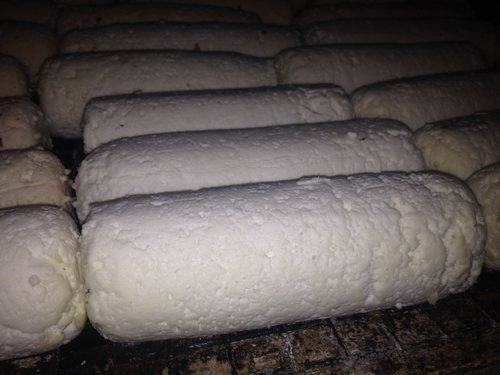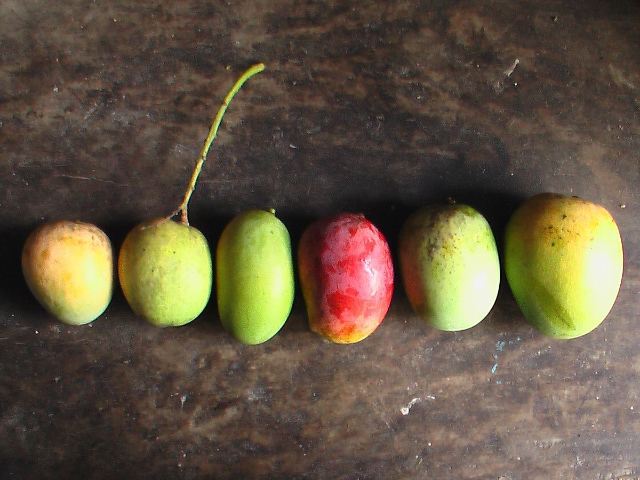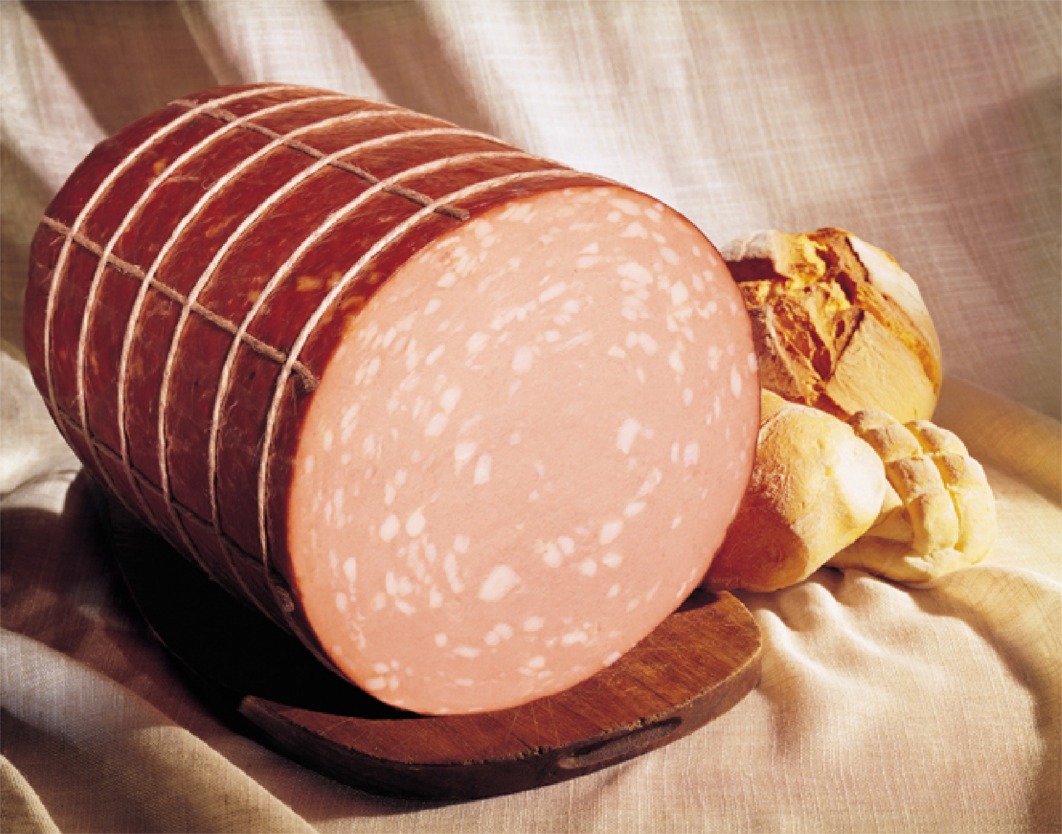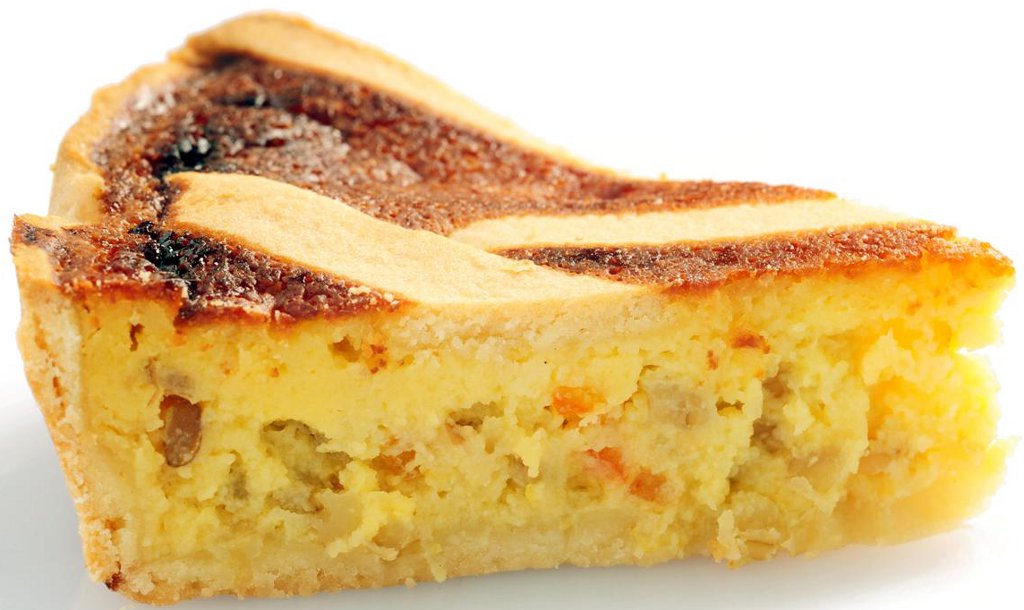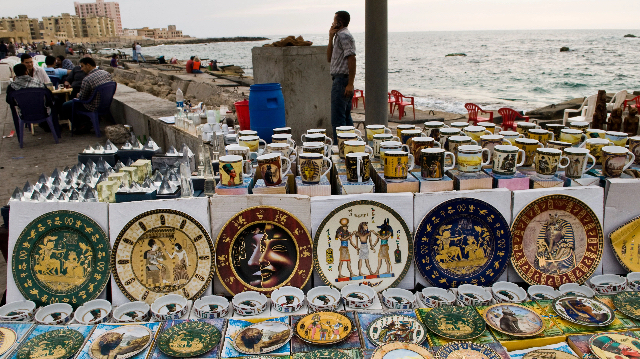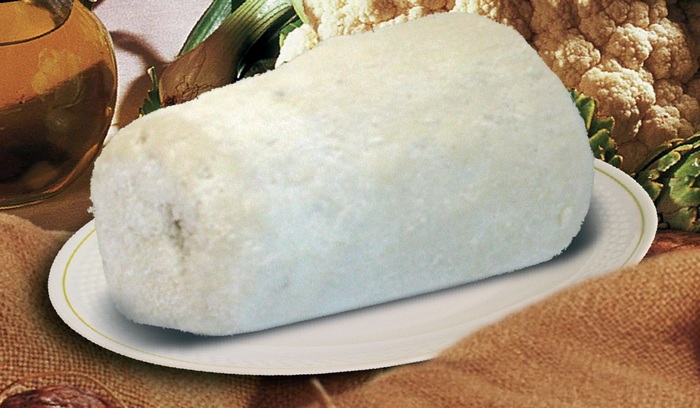It is a by-product of Pecorino del Matese, with a firm and compact white paste and a strong flavor; cylindrical shape, convex faces and straight heel, diameter of the faces 3-4 cm, height of the heel 10-15 cm, weight about 150-200 g, sometimes flavored only on the surface with crushed chili pepper or "pimpinella" (thyme).
It is obtained by the successive working of the whey of sheep’s milk, residual of the working of the pecorino, just after the extraction of the curd. extracted the curd is heated to the temperature of 85-88°, then happens the flocculation of the proteins, that emerge adding themselves to the present fat; the ricotta is collected and poured in cylindrical baskets where it remains for 24 hours. After 24 hours, the ricotta is removed from the molds and salted by rubbing with medium salt and left to dry on beech wood racks or planks; it is then stored in airtight jars with the addition of a little oil and dried thyme leaves.
This product is the result of the work of the people of the Matese mountains that traditionally and historically have always been people of shepherds, as evidenced by the large number of sheep farms and the number of sheep present until the 80s (about 50,000 heads) whose milk was all transformed into pecorino and sold or bartered on the markets in Campania and elsewhere. (Testimonies of old shepherds).
